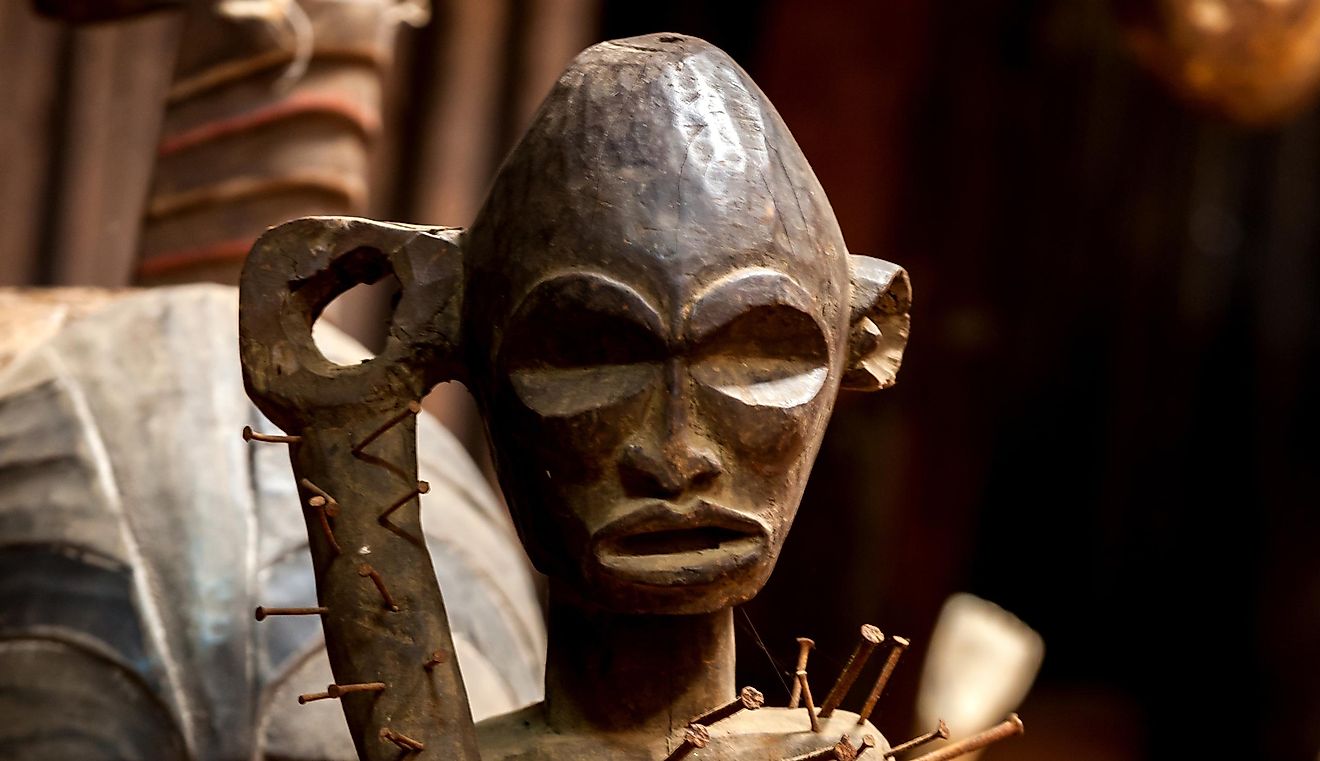The Haitian People: Cultures Of The World

5. Description
The Spanish killed the original inhabitants of Haiti, the indigenous Taino people, soon after Christopher Columbus claimed the land in the name of Spain in 1492. French colonists and other European settlers later set up plantations, bringing over huge numbers of African slaves. The name ‘Haiti’ was reclaimed from the Taino word ‘Ayiti’ when the former colony gained independence in 1804, following the sole successful large-scale slave rebellion in history. Because the Taino were decimated, Haitian people are not mestizo. Most are black, while most others are mulatto or white. Some 10 million people live in Haiti, situated on the western third of Hispaniola and smaller surrounding islands. Over a million Haitians live in other countries as well, such as the United States, Canada, and France. The primary official language of Haiti is Haitian Creole, which is based on Eighteenth-century French mingled with influences from Taino, West African languages, other European languages, and English. French was the primary language until 1987, but it is mainly associated with elites today. English is displacing French as the secondary language, in light of increasing migration to the US and exposure of Haitians to American media.
4. Architecture
The National History Park features the remains of the palace of Sans Souci and the Citadelle Laferrière. Commissioned by Henri Christophe, a slave rebellion leader and then President and self-ordained King, these fortresses symbolize post-independence freedom. During the 2010 Haiti earthquake, many buildings in the country collapsed, confirming that much of Haiti’s infrastructure failed to meet engineering standards. In cities, Haitian architecture involves a tradition of colorful, ornate "gingerbread"-style houses, which were a focus of post-earthquake restoration efforts. At the same time, over half of the Haitian populace lives in impoverished rural areas, typically in two-room mud or bamboo shacks.
3. Cuisine
With French and Creole lineage, Haitian cuisine gravitates toward spices, herbs, and peppers. Breakfast might be coffee and bread, or a distinctive kind of spaghetti dish. Main meals revolve around starches, especially rice, beans, corn, millet, yams, and cassava. Diri kole ak pois rouge, or red beans and rice, is the national dish. Cooks who can afford it use pork, goat, red snapper, and seafood. The word ‘barbecue’ has been traced to the Haitians’ use of the Taino word ‘barbacoa’.
2. Cultural Significance
Haitian art is both joyful and spiritual. Paintings are colorful, focusing on market scenes, sumptuous food, beautiful landscapes, and the abstract elements of 'Voodoo'. Haitian music is vibrant, drawing from French, African, Spanish, and Taino influences, and sometimes traces of Voodoo ceremonies. While most Haitians are Christian, Haitian life and art often allude to Voodoo, a set of practices and ideas drawn from many of the traditions intertwined with the complex cultural history of Haiti. Western images of Voodoo as a kind of vengeful witchcraft are inaccurate and stigmatizing. While it does have darker elements, Voodoo encompasses a larger span than malicious acts, and has joyous and loving facets as much as any other set of beliefs.
1. Threats
Haitian culture is characterized by resilience in the face of slavery, extreme poverty, natural disasters, and displacement, as well as ongoing political corruption and violence. The country is not immune to natural disasters either, as attested to by the 2010 earthquake that devastated galleries, museums, theatres, historic buildings, and marketplaces throughout much of the country. International interventions have been made attempting to support Haitians to protect and restore their culture, which remains beleaguered by a number of complex factors.







